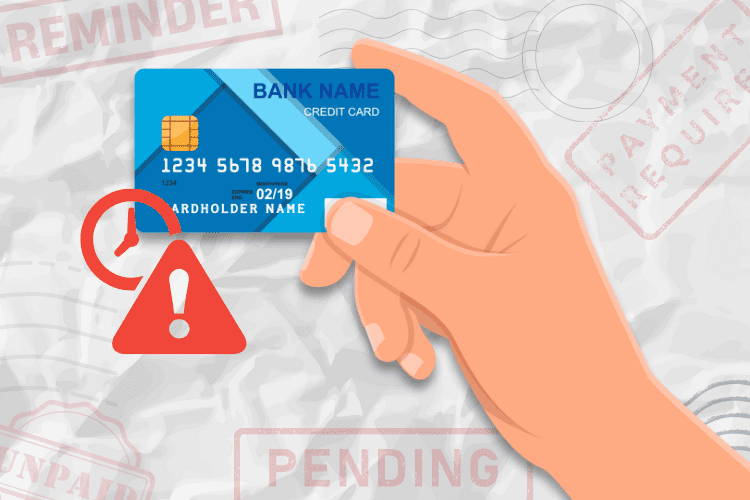Break The Vicious Cycle: How to Quit ‘Spaving’ and Start Saving

Have you ever found yourself buying something on sale and going way over budget?
If that sounds like you, you’re probably familiar with ‘spaving’—that sneaky habit of spending more money just to “save” a few dollars.
Given how many deals you see nowadays, it’s easy to fall into this trap. But here’s the kicker: spaving can make a massive dent in your financial goals without you even realizing it.
Let’s dive into the world of spaving and how you can kick the habit for good!
What Is Spaving?
So, what’s spaving all about? It’s a catchy term for when you spend money to save money.
Think about the last time you saw a deal at your local market. Whether it’s a buy one, get one 50% off, or a 10 for $10 deal, it seems super tempting to take advantage of it, even if you don’t need it.
On the surface, you might feel like you’re saving cash. But if it wasn’t on your shopping list, you’re just adding to your expenses and bloating your budget over time.
Imagine all those little unplanned purchases adding up month after month. Before you know it, these “deals” can keep you from reaching your savings goals, building that emergency fund, or saving up for a dream vacation.
Tips And Tricks To Reduce “Spaving”
Looking to curb your spaving habits once and for all? Here’s how to get started:
1. Set A Strict Budget
First things first, it’s time to get your budget in shape. Building one is all about knowing what’s coming in and out at all times. Once you have this down, you’ll know how much money you can spend and potentially avoid falling for the usual traps that might set you back.
2. Keep Track Of Spending Habits
Keeping a close eye on where your money goes is super powerful. Whether through a budgeting app or a simple spending diary, knowing where you spend your money can help you catch those sneaky spaving habits early on.
3. Pay With Cash
There’s something about paying with cash that makes you think twice before making that final purchase. Seeing your money leaving your hand hits much differently than simply swiping a card or tapping your phone.
Paying with cash can also help you set a physical limit on your spending, reducing impulse buys.
4. Use Waiting Periods Before Buying
Have you ever heard of the 7-day rule when buying something? If you haven’t before, it’s an absolute game-changer. Always give yourself a week to cool off from the initial excitement of a potential deal. This short wait time could be your best defense against impulse buys, helping you decide if it’s a genuine need or just another impulse buy.
5. Watch Out For “Deals”
Remember, not every deal that comes our way is a good one. Before buying, always research and compare prices, assess quality, and understand whether that ‘great buy’ is worth it. Sometimes, the best deal is the one you walk away from.
The Bottom Line
Tackling spaving isn’t just about cutting back. It’s all about spending smarter, understanding what you’re getting with each deal, and making the most of every purchase.
By understanding and adjusting your spending habits, you can ensure that every dollar you spend brings you closer to your financial goals, not away from them.
Remember, controlling your habits is about making mindful, informed decisions that align with your long-term goals. Ready to break the cycle? Spend smart, and always think before buying!
Read more:









